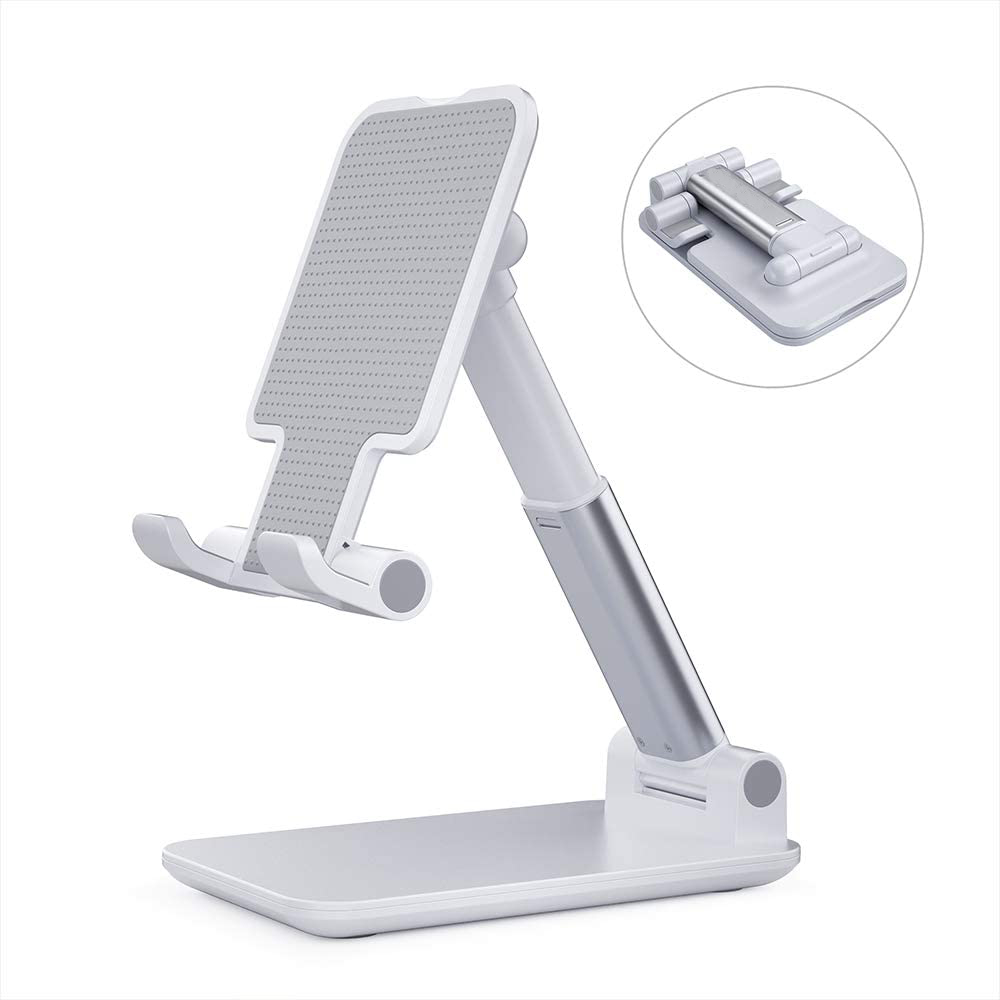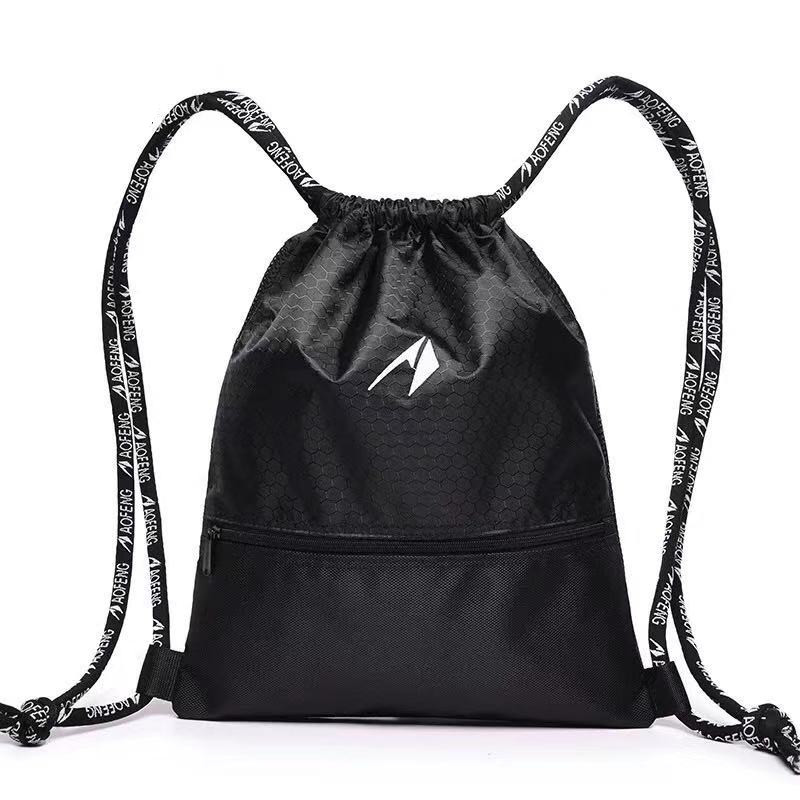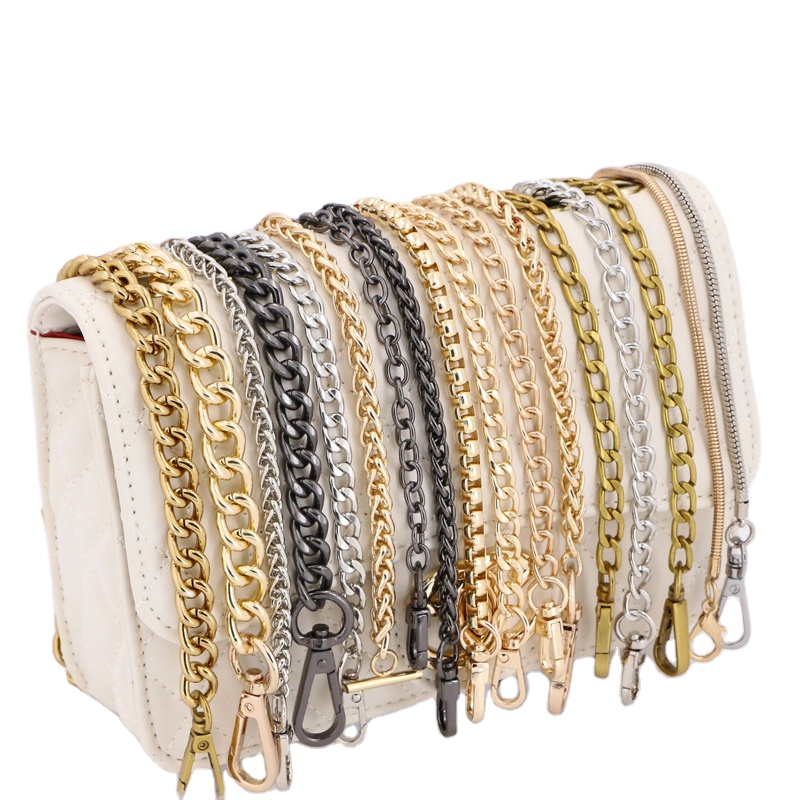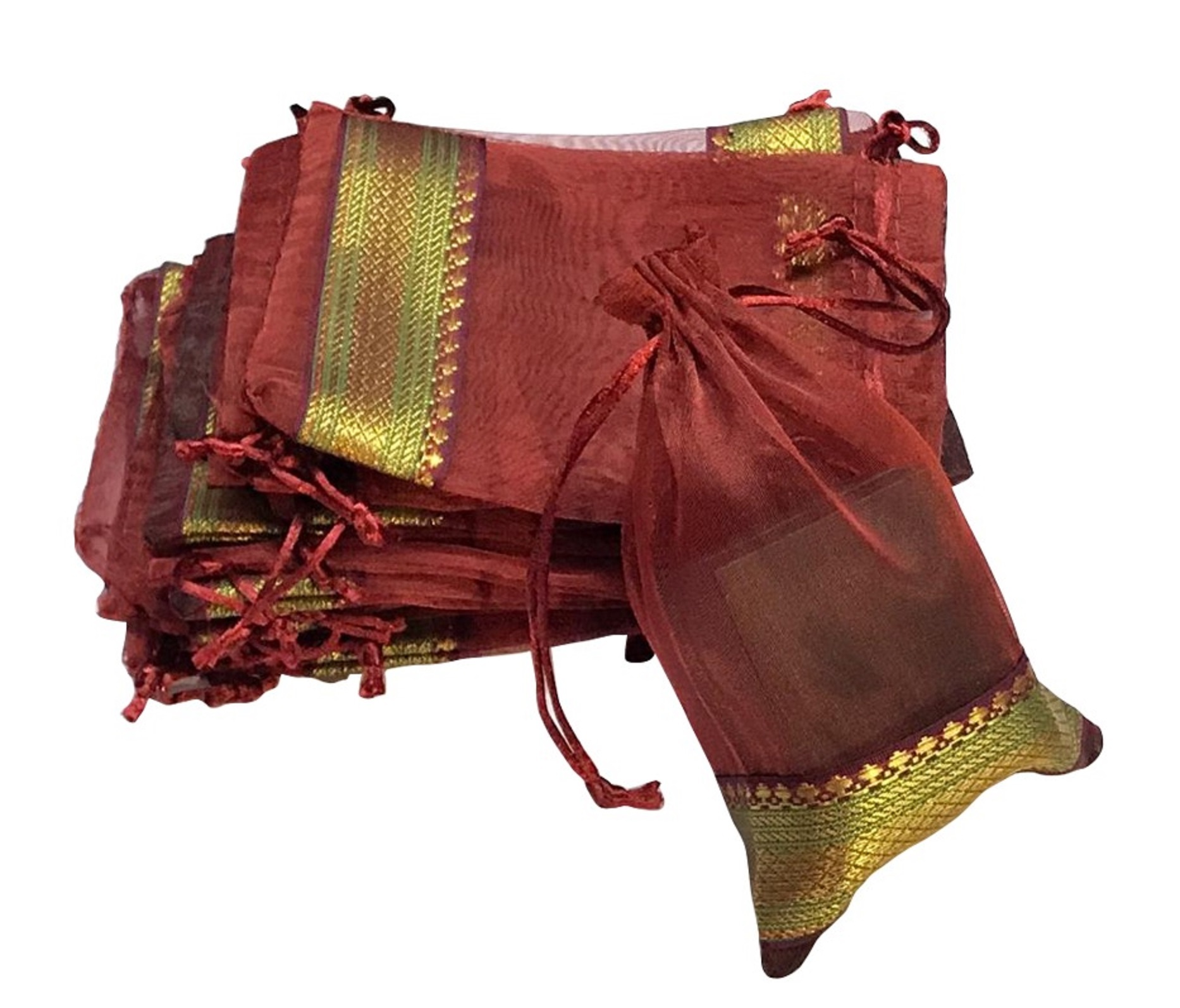CENDANATOTO
Categories for you
Consumer Electronics
Luggage, Bags & Cases
Gifts & Crafts
Pet Supplies
Agriculture, Food & Beverage
Apparel & Accessories
Home & Garden
Sports & Entertainment
Beauty
Jewelry, Eyewear & Watches
Shoes & Accessories
Packaging & Printing
Parents, Kids & Toys
Personal Care & Home Care
Health & Medical
School & Office Supplies
Industrial Machinery
Commercial Equipment & Machinery
Construction & Building Machinery
Construction & Real Estate
Furniture
Lights & Lighting
Home Appliances
Automotive Supplies & Tools
Vehicle Parts & Accessories
Tools & Hardware
Renewable Energy
Electrical Equipment & Supplies
Safety & Security
Material Handling
Testing Instrument & Equipment
Power Transmission
Electronic Components
Vehicles & Transportation
Raw Materials
Fabrication Services
Service
Categories for you
Consumer Electronics
Browse featured selections
Luggage, Bags & Cases
Browse featured selections
Gifts & Crafts
Browse featured selections
Pet Supplies
Browse featured selections
Agriculture, Food & Beverage
Browse featured selections
Apparel & Accessories
Browse featured selections
Home & Garden
Browse featured selections
Sports & Entertainment
Browse featured selections
Beauty
Browse featured selections
Jewelry, Eyewear & Watches
Browse featured selections
Shoes & Accessories
Browse featured selections
Packaging & Printing
Browse featured selections
Parents, Kids & Toys
Browse featured selections
Personal Care & Home Care
Browse featured selections
Health & Medical
Browse featured selections
School & Office Supplies
Browse featured selections
Industrial Machinery
Browse featured selections
Commercial Equipment & Machinery
Browse featured selections
Construction & Building Machinery
Browse featured selections
Construction & Real Estate
Browse featured selections
Furniture
Browse featured selections
Lights & Lighting
Browse featured selections
Home Appliances
Browse featured selections
Automotive Supplies & Tools
Browse featured selections
Vehicle Parts & Accessories
Browse featured selections
Tools & Hardware
Browse featured selections
Renewable Energy
Browse featured selections
Electrical Equipment & Supplies
Browse featured selections
Safety & Security
Browse featured selections
Material Handling
Browse featured selections
Testing Instrument & Equipment
Browse featured selections
Power Transmission
Browse featured selections
Electronic Components
Browse featured selections
Vehicles & Transportation
Browse featured selections
Raw Materials
Browse featured selections
Fabrication Services
Browse featured selections
Service
Browse featured selections
Source smarter with
Leverage AI to find the perfect product match in seconds
Matches from over 100 million products with precision
Handles queries 3 times as complex in half the time
Verifies and cross-validates product information
LINK CENDANATOTO
Get started
Trade services
LOGIN CENDANATOTO
Discover Alibaba Lens
Use this image search extension to find and compare similar products with wholesale prices and customization options anywhere online.











































 CENDANATOTO ~ Link Terbaru Situs Slot Gacor Maxwin 1000X Dan Agen Toto Togel Online 4D Mudah Jackpot Hari Ini!
CENDANATOTO ~ Link Terbaru Situs Slot Gacor Maxwin 1000X Dan Agen Toto Togel Online 4D Mudah Jackpot Hari Ini!





































